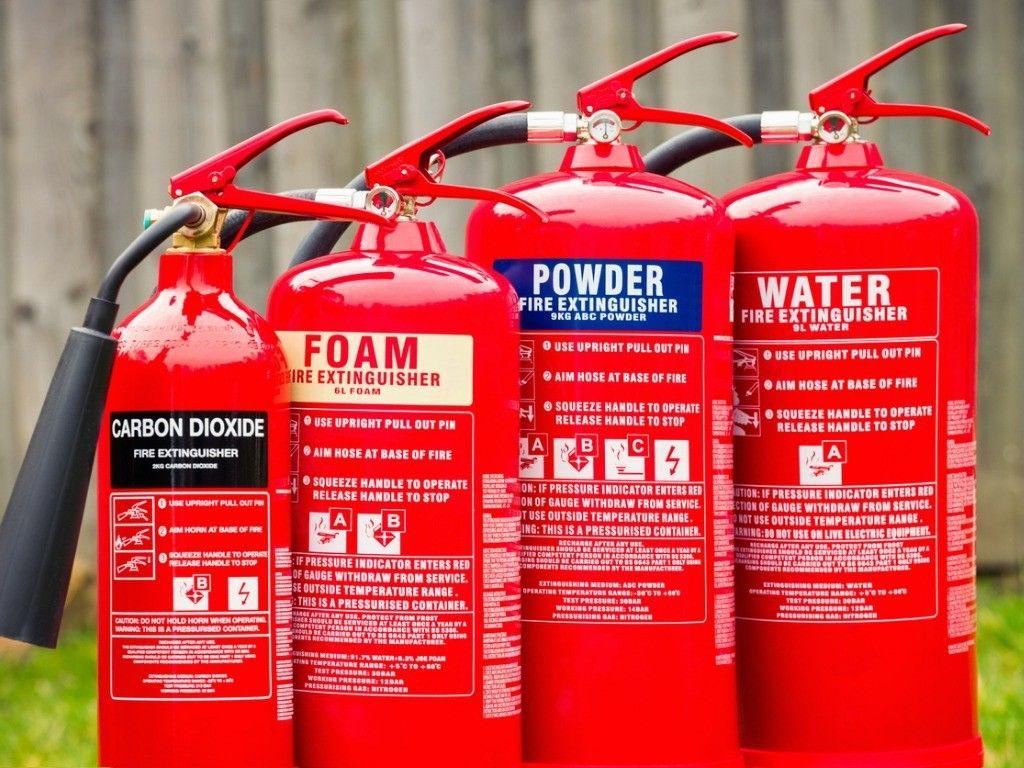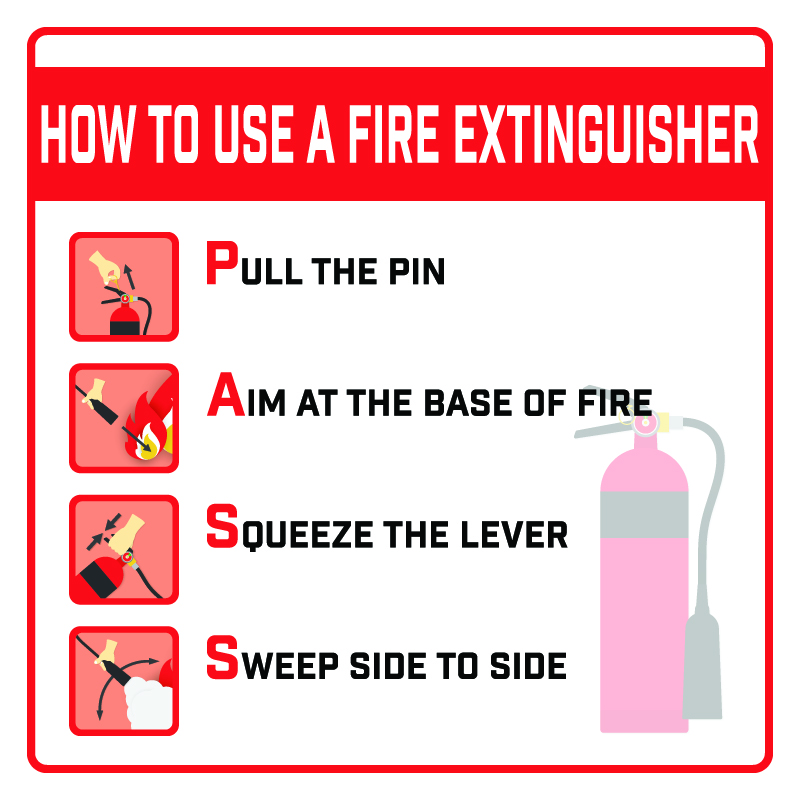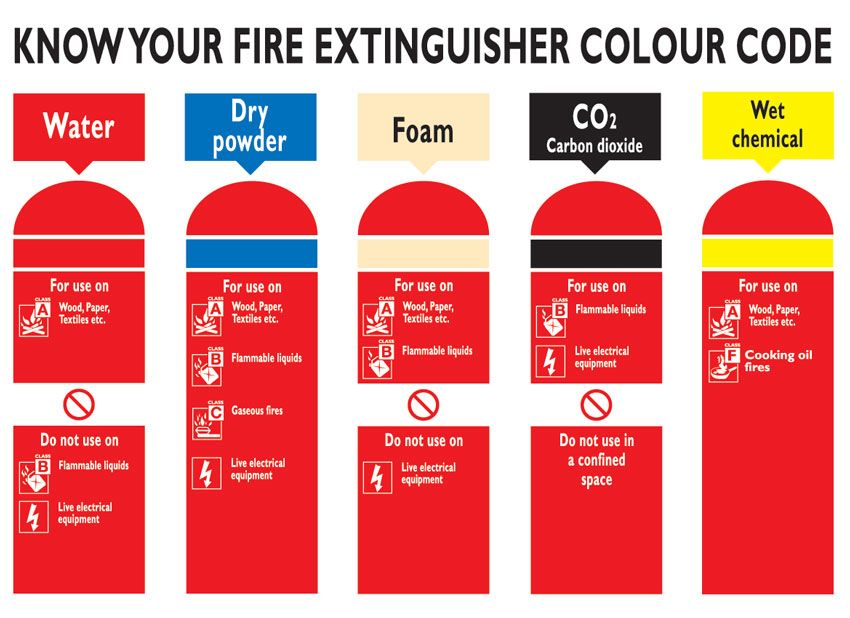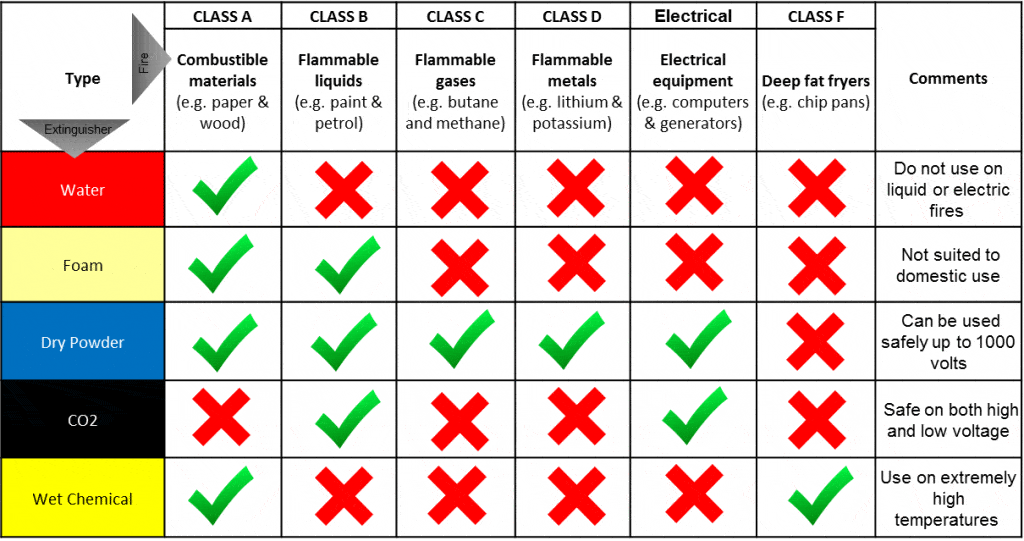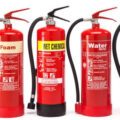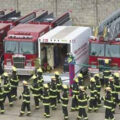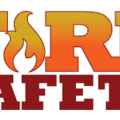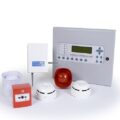A fire extinguisher is an active fire protection device used to extinguish or control small fires, often in emergency situations. It is not intended for use on an out-of-control fire, such as one which has reached the ceiling, endangers the user, or otherwise requires the expertise of a fire brigade. The importance of fire extinguishers is no better demonstrated than by this fact: extinguishers put out more workplace fires than the Fire and Rescue Service. In fact, the results showed that around 70% of incidents didn’t require the assistance of the emergency services as they were taken care of by extinguishers. This statistic has been largely overlooked by government figures relating to workplace fires, however, as only those that were attended by the Fire and Rescue Service are recorded, drastically skewing the total number of “official” incidents every year.
This all adds up, as there could have been upwards of 130,000 fires in non-dwelling properties in the year before the survey was performed, where only 40,500 were reported. These numbers really drive home the integral role that fire extinguishers play in workplace health and safety. The success rates of fire extinguishers are conclusive enough to underline their importance. 88% of instances that saw the equipment employed resulted in the extinguishing of the fire; in many cases preventing potentially serious, uncontrollable blazes from breaking out, or at least containing them until Fire and Rescue Services arrived.
How to Use Fire Extinguishers
For an easy-to-remember 4-step process to operating a fire extinguisher, learn the PASS system:
- Pull the pin while holding the extinguisher away from you to unlock the mechanism.
- Aim low toward the base of the fire.
- Squeeze the lever slowly.
- Sweep the nozzle from side to side at the base of the fire.
Always test the fire extinguisher before approaching a fire to ensure it is functioning properly. Fire extinguishers should be tested annually by a reputable contractor and tagged with the date of inspection.
How to Select the Right Fire Extinguisher
When it comes to fire extinguisher safety, it’s also important to have the right tool for the job. Be prepared with the appropriate fire extinguisher based on the combustible materials you may come into contact with.
Class A: Fires with ordinary combustibles such as wood and paper
Class B: Flammable/combustible liquid fires such as oil or gasoline
Class C: Electrical fires or fires on electrical equipment
Class D: Combustible metal fires such as sodium, magnesium, titanium, zirconium, lithium, or potassium.
Class K: Combustible cooking media such as vegetable or animal oils and fats
Check your building to make sure that you have the appropriate fire extinguishers available. Keep in mind that the travel distance to a fire extinguisher from any point in your building shouldn’t be more than 75 feet for ABC extinguishers and 30 feet for K extinguishers.
Remember to Check Your Fire Extinguisher for:
Easy access in an emergency- be sure nothing is blocking or limiting your ability to reach it.
The recommended pressure level- many extinguishers have gauges that show when pressure is too high or too low.
Working parts- make sure the can, hoses, and nozzles aren’t damaged, dented, or rusted.
Cleanliness- remove any dust, oil, or grease that might be on the outside of the extinguisher.
Guidelines and instructions- some extinguishers need to be shaken monthly, others need to be pressure tested every few years.
Below is a checklist to help you prepare to use a fire extinguisher.
- Have I alerted others in the building that there’s a fire?
- Has someone called the fire department?
- Am I physically able to use a fire extinguisher?
- Is the fire small and contained in a single object (like a pan or a wastebasket)?
- Am I safe from the fire’s toxic smoke?
- Do I have a clear escape route?
Use a fire extinguisher when all of these questions are answered “yes.” If you’re unsure about whether or not it’s safe to use a fire extinguisher, and for all other situations, alert others, leave the building, and call 911 from a mobile or neighbor’s phone. It is not recommended that children use fire extinguishers.
More Fire Extinguisher Tips
- For the home, select a multi-purpose extinguisher (can be used on all types of home fires) that is large enough to put out a small fire, but not so heavy as to be difficult to handle.
- Choose a fire extinguisher that carries the label of an independent testing laboratory.
- Read the instructions that come with the fire extinguisher and become familiar with its parts and operation before a fire breaks out. Local fire departments or fire equipment distributors often offer hands-on fire extinguisher trainings.
- Install fire extinguishers close to an exit and keep your back to a clear exit when you use the device so you can make an easy escape if the fire cannot be controlled. If the room fills with smoke, leave immediately.
Expiry date of Fire Extinguishers
Most manufacturers say that well-maintained fire extinguishers can last up to twenty years. The problem for most people? You’re not sure exactly when you got your extinguisher. So, do fire extinguishers expire?
The truth is that most fire extinguishers do not come with an expiration date, and it can be challenging to know exactly when to replace your fire extinguisher. There is no exact, set number of years that you can have an extinguisher before it is considered “expired.”
More important in determining when to replace a fire extinguisher is how well it has been maintained. Over time, factors such as damage, rust, and corrosion can cause a fire extinguisher to lose its ability to operate properly. This is why it’s extremely important that your extinguishers be inspected and tested at the proper intervals.
Perhaps the most important factor is the hydrostatic test. Hydrostatic testing measures the integrity of the fire extinguisher’s cylinder, which is under constant pressure. If an extinguisher fails this test, it is unsafe and should be taken out of service immediately.
Just as the fire extinguisher itself typically doesn’t expire, neither do the contents inside. Extinguishing agents are usually filled with water or chemical material that is pressurized with an expellant gas. While these materials don’t expire, the fire extinguisher can become depressurized over time, and the lack of pressure causes the extinguisher to become inoperable.
Check the charge level of your fire extinguishers regularly. Replace them immediately if they are not fully charged. To check this style of extinguisher, depress the green button. If it is fully charged, the green button should pop back out immediately.
There are certain types of fire extinguishers that are now obsolete. If for some reason, you still own one of these, it could be considered “expired.” Fire extinguishers become obsolete when the technology is so significantly improved that codes and requirements change. NFPA-10 provides guidelines for which types of extinguishers are considered obsolete and should be removed from service.


